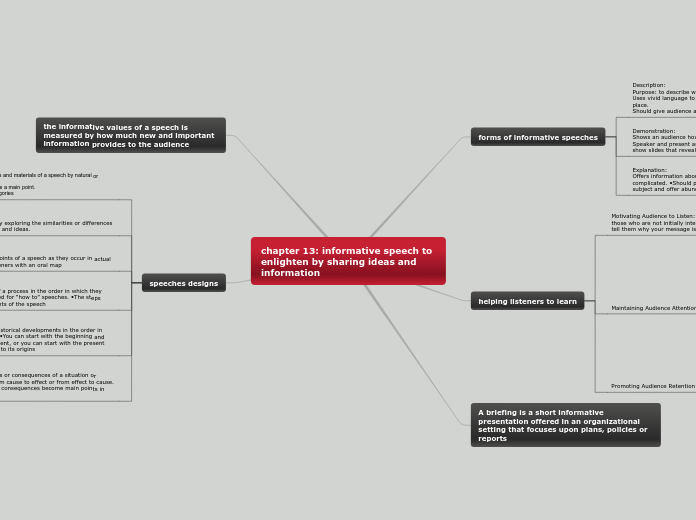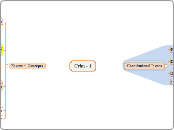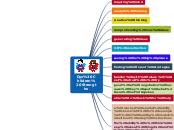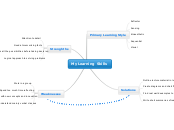por Miralda Medina 12 anos atrás
434
chapter13
Effective informative speeches are designed to enlighten audiences by sharing new and significant information. The effectiveness of such speeches hinges on the novelty and importance of the information presented.









